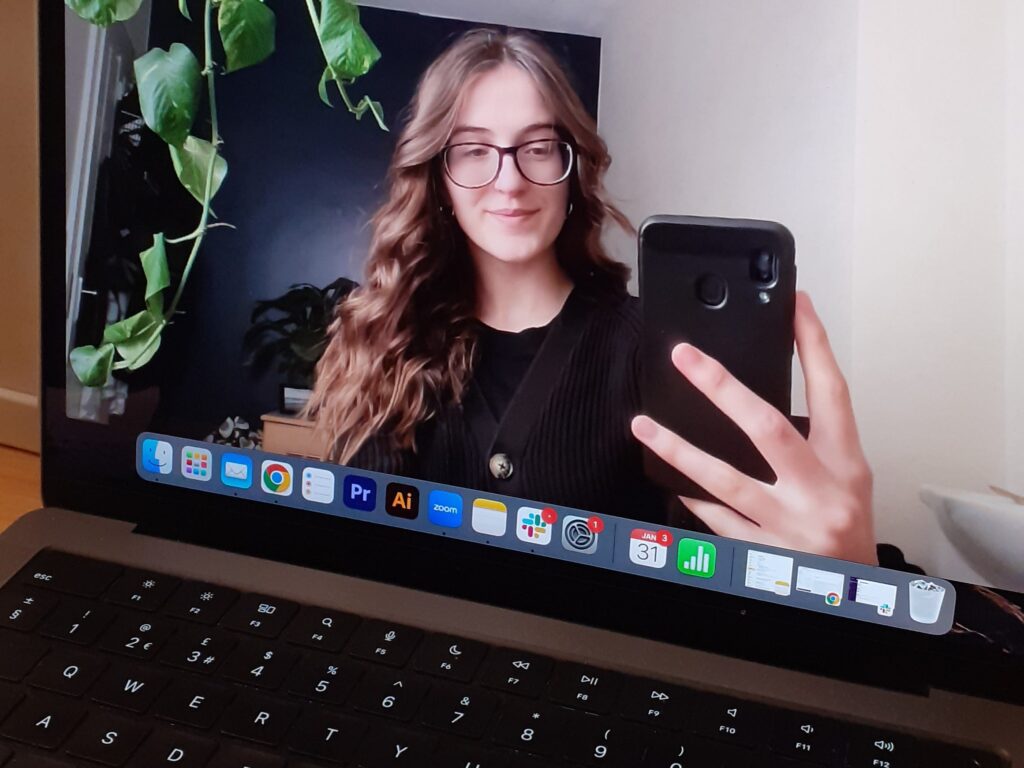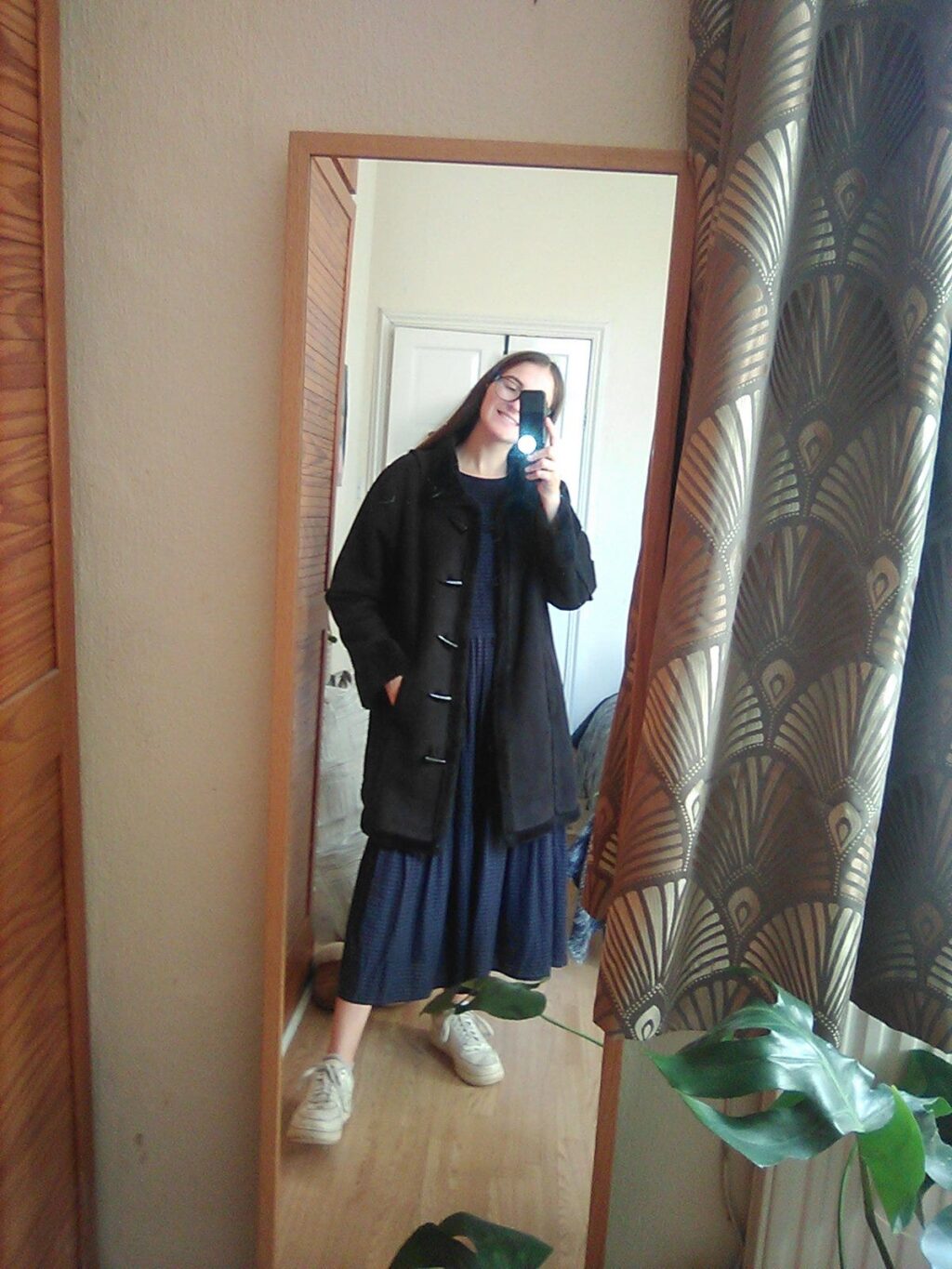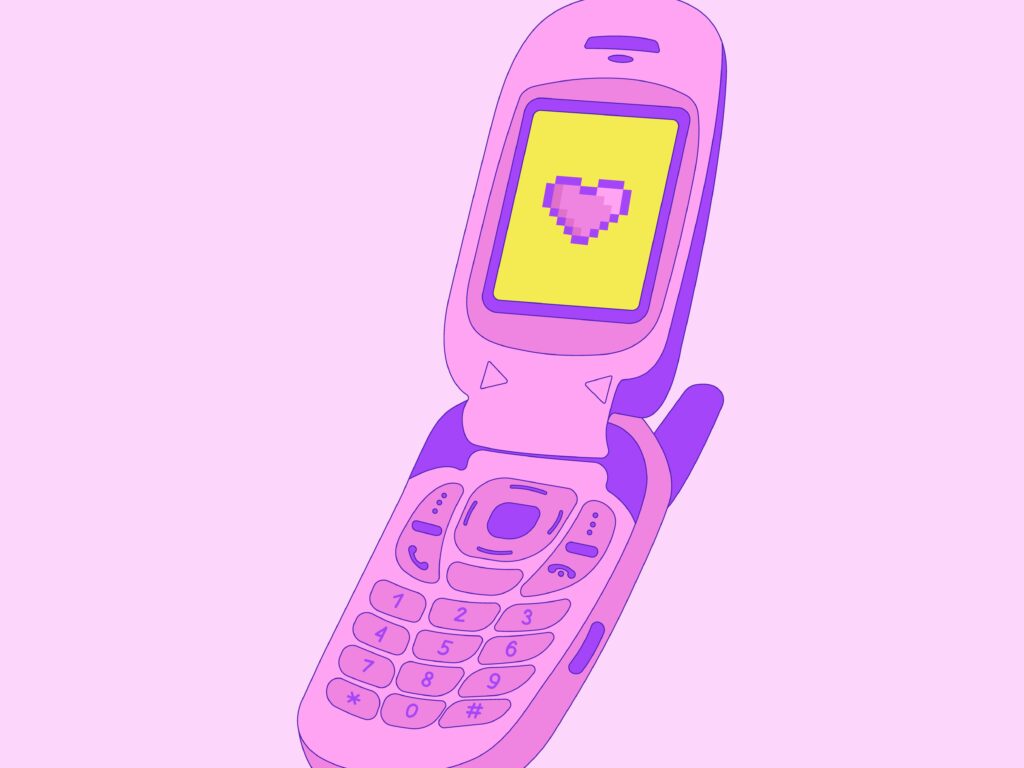- Ella Jones wanted to know if she could live without her smartphone, so she got a flip phone.
- She found it clunky and slow but said it reduced her impulse to mindlessly use her screen.
- She's now back on a smartphone but feels confident she won't fall into screen addiction.
This as-told-to essay is based on a transcribed conversation with Ella Jones, 23, from Belfast, Northern Ireland, about her experience trying to manage her screen time. The following has been edited for length and clarity.
I was born in 2000, and I don't remember a time when my family didn't have a computer.
I didn't have a phone until I was about 12, and I saved up to buy a Samsung Galaxy Young. My social media phase began when I was around 13. I had an iPhone 3GS and was on Instagram, Snapchat, Tumblr, and YouTube — it was normal for everyone in my social circles to use them.
At university, I had phases of finding Instagram addictive and trying to detox from it. One summer, my boyfriend, now my husband, was like, "What would happen if we didn't have our smartphones?"
I'd never thought about that. We went through every essential thing we use our smartphones for. For me that was things like texting, calling, and Google Maps.
We wondered if there was a phone that wasn't a smartphone but that had all those functions. We decided to try them out as an experiment to see if we could reduce our reliance on tech. My boyfriend got a Nokia 800, and I got the Nokia 2720 Flip in July 2021. I wanted the cool "flip."
I ended up using mine for nine months until it was no longer practical, and I got a job that required me to have a better phone.
I discovered I was more reliant on technology than I thought.
Having a flip phone removed the impulse to do things on my phone without thinking
The flip phone I got was clunky and slow. You had to press the button up to three times to type a letter, and there was no touchscreen. It didn't have the quick, colorful, and addictive design I associate with smartphones.
It removed that impulse to do things on my phone without thinking because it slowed down the process. It didn't feel "smart," even though it did have internet access.
I had group chats on WhatsApp, but I wasn't able to keep up with the messages because of how long it took me to type, so I spent less time interacting with them.
It had an app store. In theory, you could scroll through Facebook, but the screen is thumb-sized, so you can't really engage with the feed. I hardly ever used it to go on social media.
It had Google Maps, but it wouldn't read directions to me, which meant I couldn't use it while driving and had to write out directions on a sticky note instead. Eventually, I started memorizing routes and felt so much better at navigating.
Even though I wasn't using my phone as often, I'd often substitute that for time on a laptop. It wasn't like I wasn't using social media, as I'd still check Instagram and watch YouTube on the web.

Its camera was rubbish, and I missed being able to take photos. In restaurants, they often have QR codes you need to scan for menus. I'd have to get my friend to do it or ask for a physical menu, which they often wouldn't have.
I had to get a smartphone again for work
I stopped using the flip phone after nine months. There was an interim period where I was still trying to figure out if the flip phone worked for my life, and starting a new job in June 2022 as a content creator for a company called StudentCrowd turned the tide on that decision — I needed a smartphone for managing social media.
I also felt that having a flip phone hindered me from meeting people and being easy to communicate with.
I now use an iPhone 12 mini, which I got from my brother-in-law in November 2023.
It has 4K video recording, which is quite a big thing for me because I do YouTube. I've definitely felt the temptation to download lots of apps on it.
I feel a sense of failure, but I am not as glued to my phone as I was before
By having a flip phone, I wanted to fight against the culture of convenience and the overconsumption of content.
I think fighting against the grain is good. We should challenge things — but it was hard. Every day, my approach to tasks had to be different, like when I'd set aside time to do things on my laptop or write directions.

In a rat race, if you try to run the opposite way from the other rats, you'll just get dragged. I think maybe that's what happened to me. I've tried to run back and fight against it, but technology and culture are ultimately pushing forward, so I've had to go with it.
I have a sense of failure in having a smartphone again.
But I also have a sense of confidence that I'm not going to fall into addiction because I've seen the ways I can work without a smartphone. If I were getting to a point where I felt I was using my phone too much, I'd know I could go back to using a flip phone.
Before having a flip phone, I would spend five hours or more a day on my smartphone, but now I think it's more like one or two. In December, I decided I wouldn't use Instagram and Facebook in 2024.
I feel like I'm not glued to a phone now like when I was a teenager.
